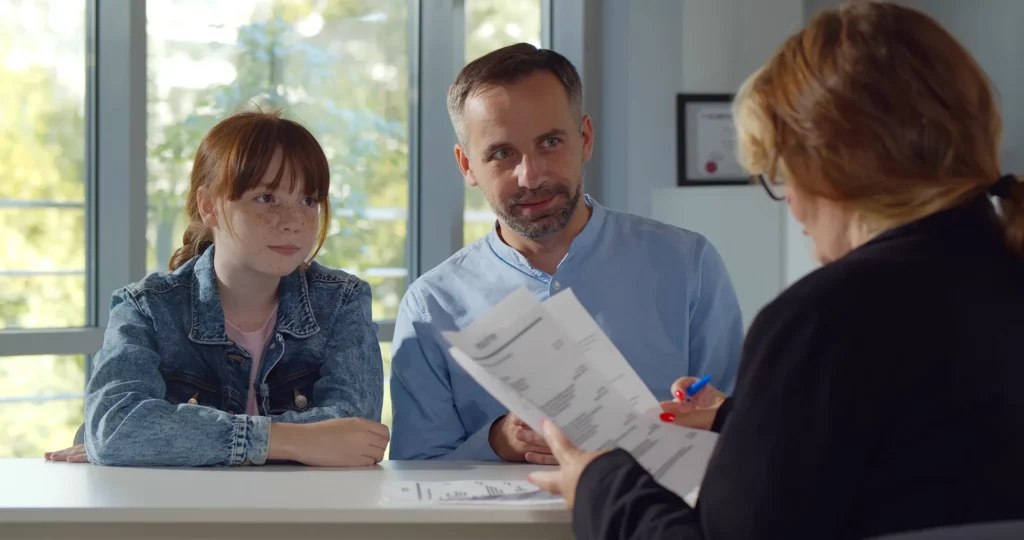
Culture is like the wind. It is invisible, yet its effect can be seen and felt.
What is culture? When I mention culture, I am referring to organisational culture. Organisational culture (Schein, 2004) is the way things are done in a school: a shared sense of purpose and vision; social behaviours and the way people interact with each other; norms, espoused values, beliefs, and assumptions; rituals, ceremonies and traditions; history and stories; people and relationships; architecture, symbols, and artefacts; and identity and image.
I have found that principals have strong views about the sort of organisational culture required if their schools are to achieve their goals and aspirations successfully. They have values, beliefs, and definite views about what needs to be done and how to get it done. Effective principals can articulate their intents and purposes regarding norms, expectations, and how they are prepared to hold people accountable if staff choose not to be compliant.
Know this upfront; your job is to set the culture in your school. Your community will expect that of you. They want you to establish the feel and tone they experience when they walk into your school.
Know also that you will be judged by it. You will be judged by the state of the grounds and how students wear their uniforms. You will be judged by how often you greet parents and children at the “gates” each morning.
I know many a head of primary that runs the drop-off every morning. The head of primary in one of my schools wore it like a badge, and the parents loved him for it. You need to be upbeat and positively influence others to ensure a positive school culture. If the culture is not what you want or what is desirable, fix it.
It is hard work and relentless, and you may not see the fruits of your labour for three to five years. You will encounter naysayers, critics and pessimists, and they will tell you how it can’t be done. Ignore them.
The criteria for judging the effectiveness of an independent school principal should concentrate on the school culture. As one of the case study principals in my Thesis – Leading large, P-12, autonomous, independent schools: An Australian case study – said: “If I were judging effectiveness … I’d want to find out what the school tone and culture and that sort of thing is. I’ve advised boards that when choosing a head, spend a day with the applicant in their school. Get a feel for them in their school. See them on assembly. See them walk around and see how they interact with staff and students. You’ve got to walk in and observe and get a feel and a tone.”
I say the same to parents who are choosing a school for their child. Go to the school when it is in session, not after hours. Go when there are kids in the playground when they are interacting with fellow students and with teachers. Observe and note what you see. Do the students acknowledge you and greet you? How do they make you feel? This does not happen by chance; this is a direct result of the principal’s leadership, modelling, example and expectations.
The importance of fostering a great school culture can’t be overemphasised. If you fail to prioritise internal school culture or allow a toxic culture to grow and spread, you are bound to experience endless difficulties, from sleepless nights and anxious board meetings to challenges to your leadership.
As a new principal starting in a school, it is important that you spend time evaluating the culture that exists. It is essential to align with the ethos and foundations of the school in an authentic way and not simply adopt the existing culture without evaluating its appropriateness.
You must have the capacity to evaluate the existing culture against the fundamental beliefs and philosophy upon which the school is founded and against your own values and beliefs. For me, if changes needed to be made, then it was my responsibility to plot a strategic course of action and engage the community in the process of realising the change.
Culture is like the wind. It is invisible, yet its effect can be seen and felt. When it is blowing in your direction, it makes for smooth sailing, and when it is blowing against you, everything is more difficult.
For schools seeking to become more adaptive and innovative, culture change is often the most challenging part of the transformation. But culture change can’t be achieved through a top-down mandate. It lives in people’s collective hearts and habits and their shared perception of ‘how things are done around here.’
As a school principal, I was in a position of authority – delegated authority from my board and community. I could mandate changes if I wanted to – and at times, I did. I was judicious in what changes I would mandate. Show people the change you want to see. Let them feel part of it.
I devote chapters to a discussion of culture in my book, which can be purchased here – https://www.paulteys.com/so-you-want-to-be-a-principal/


